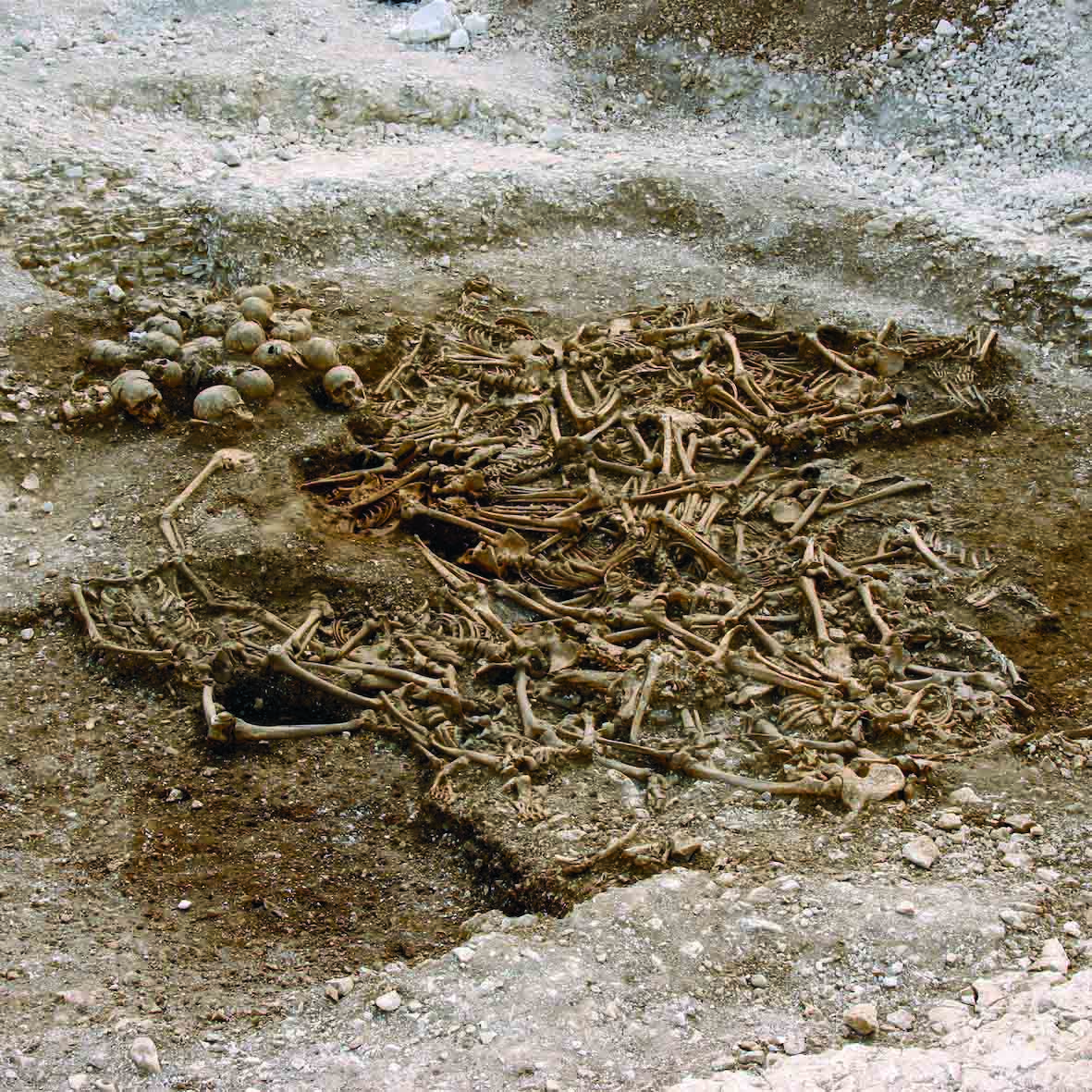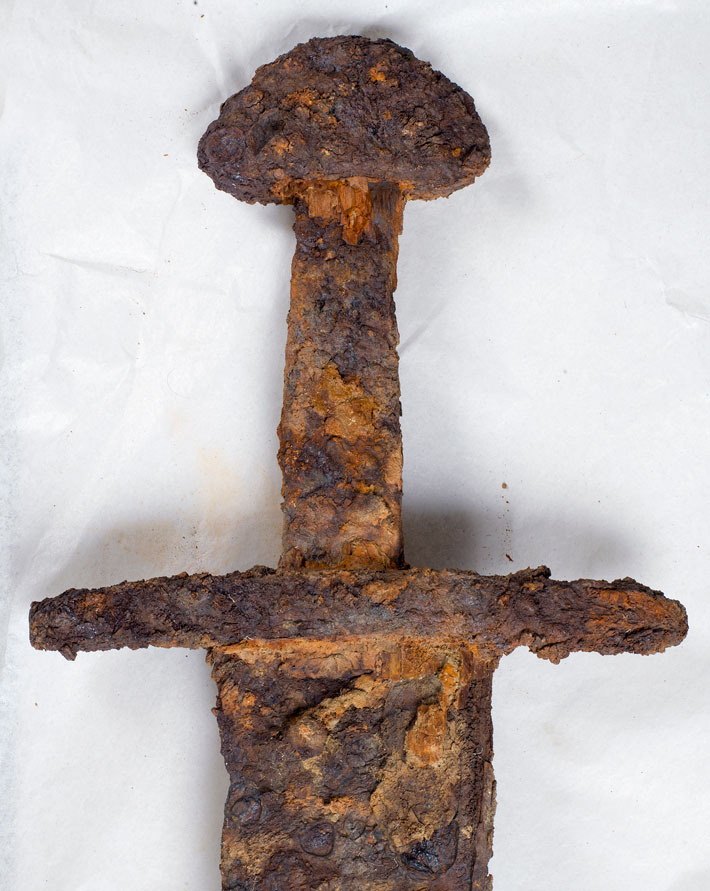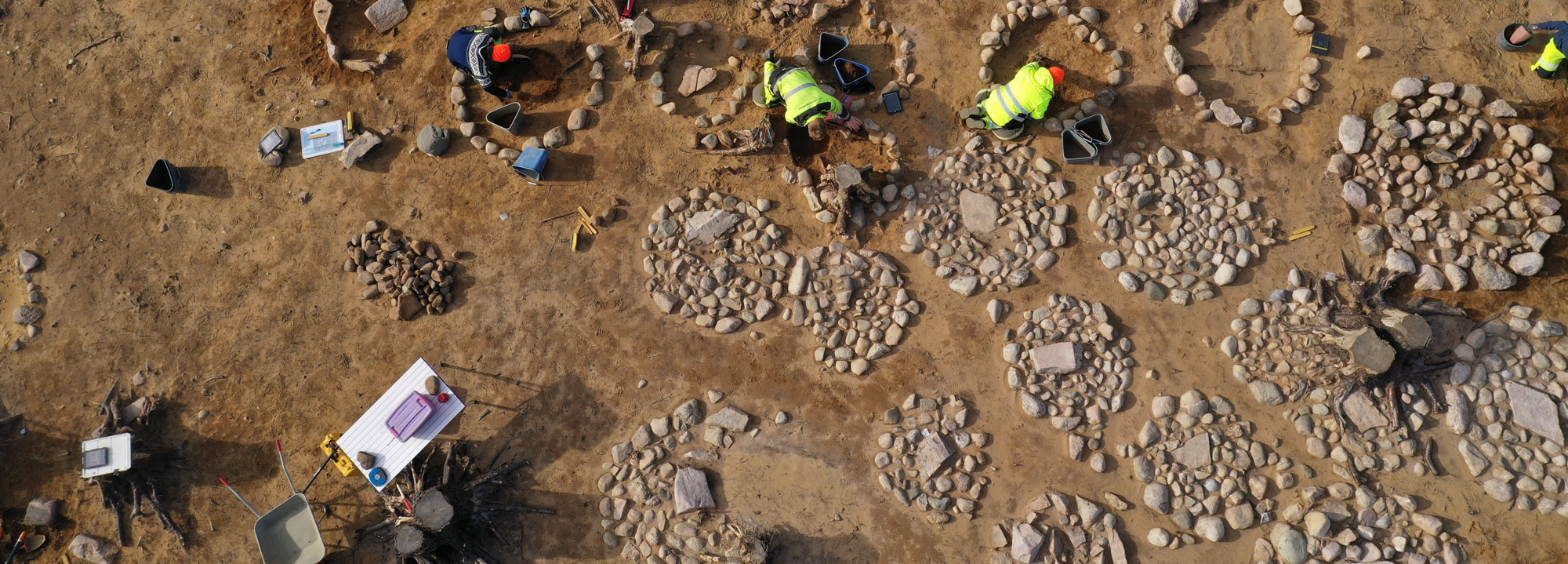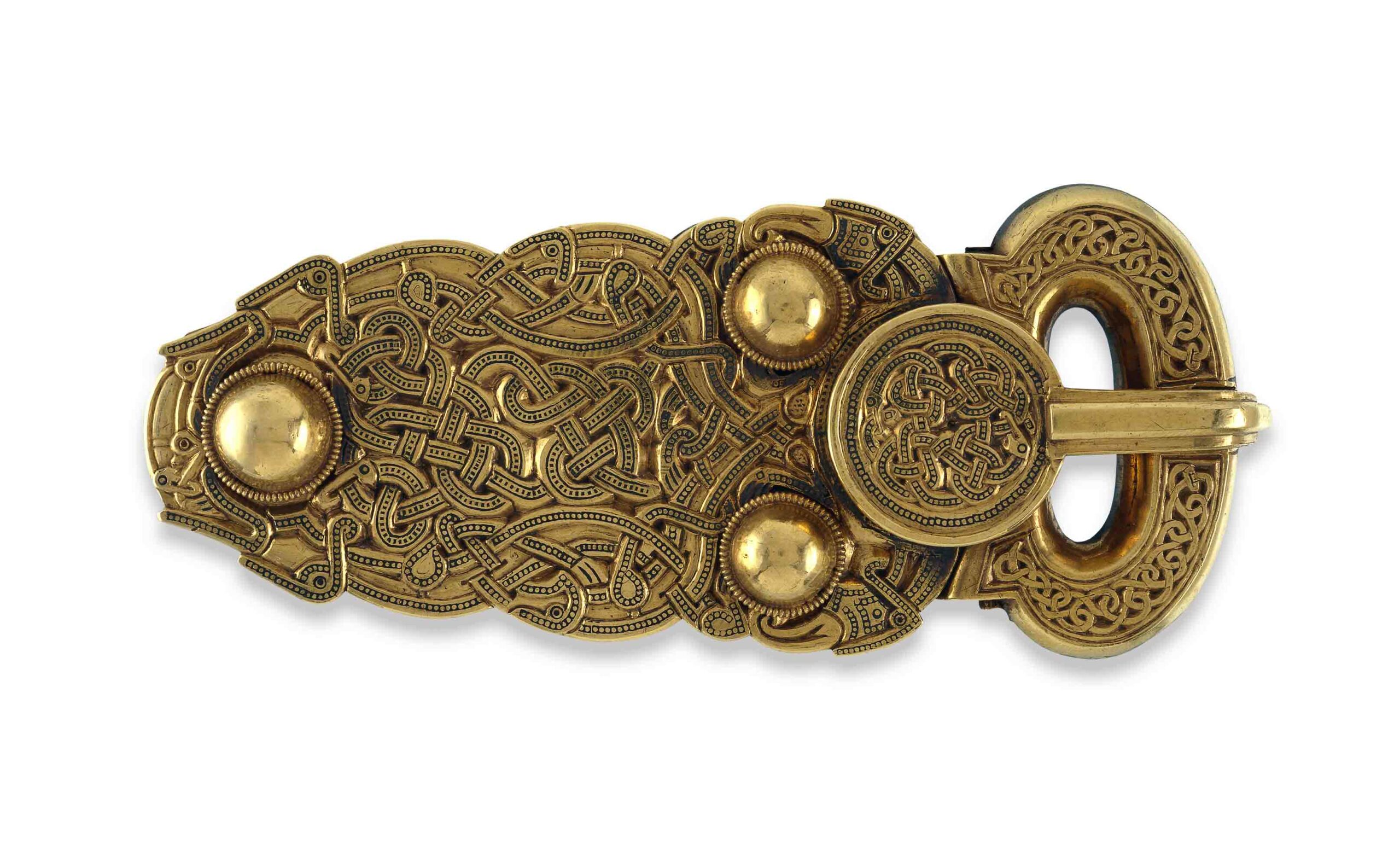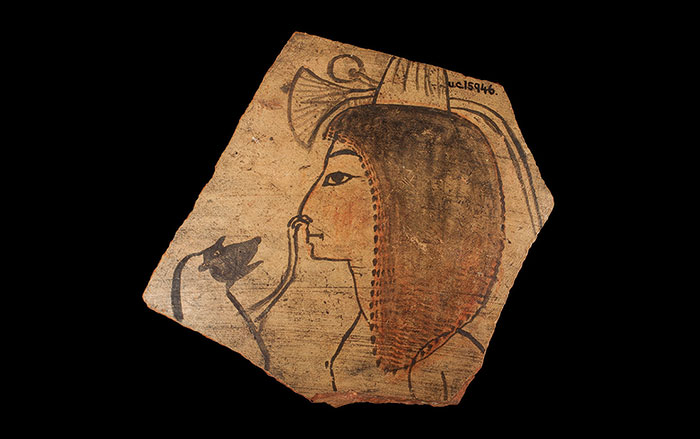
TRONDHEIM, NORWAY—A new examination of ninth-century A.D. burial sites in the central Norwegian region of Trøndelag has revealed they contain many more artifacts from Britain, such as brooches, drinking horns, and swords, than had been previously believed. “These graves are some of the earliest proof that we have of contact between Norway and the British Isles,” archaeologist Aina Margrethe Heen Pettersen told Science Nordic. She argues that Vikings from Trøndelag were among the first to voyage across the North Sea, and emphasizes that they were not simply bent on raiding. “Contact with the Anglo-Saxons means more than just violent pillaging. Drinking horns and swords are considered to be gifts in support of alliances. And scales that have been found suggest that there was trading between the Vikings and the people of the British Isles at the time.” To read in-depth about some of the earliest Viking raids, see "The First Vikings."


